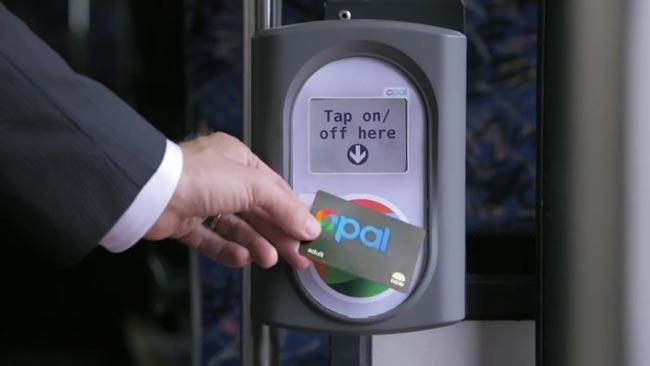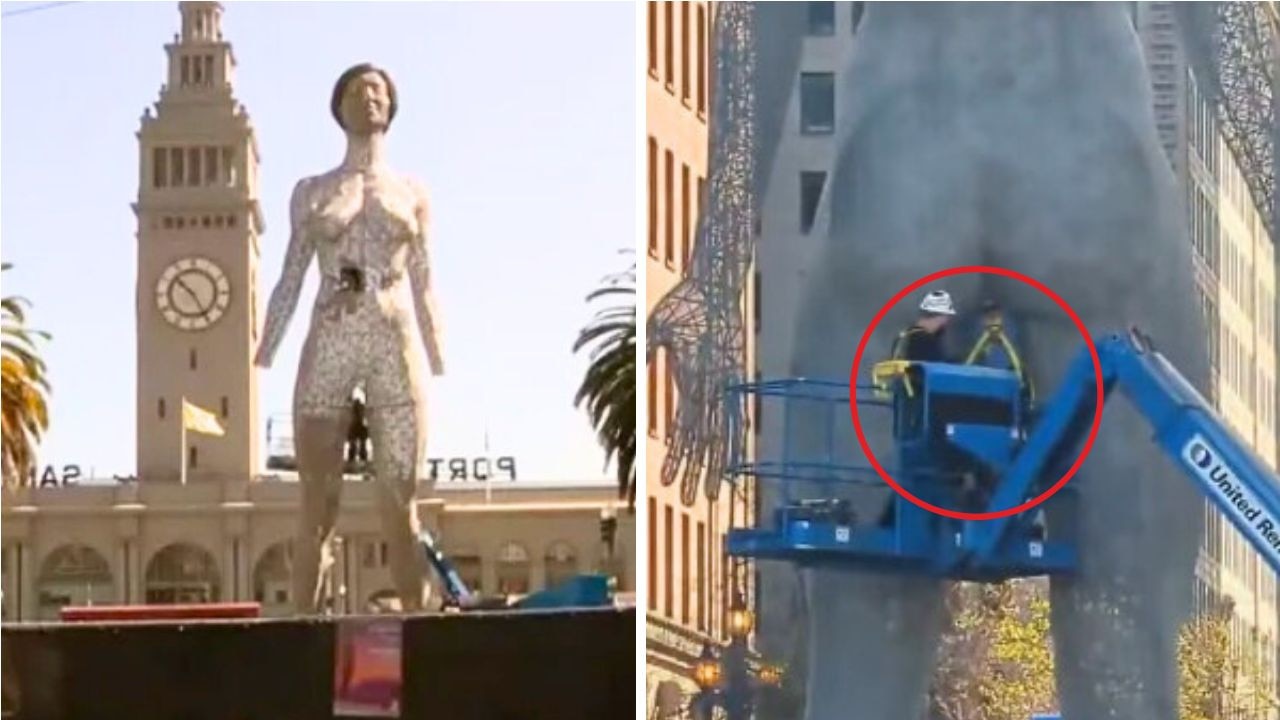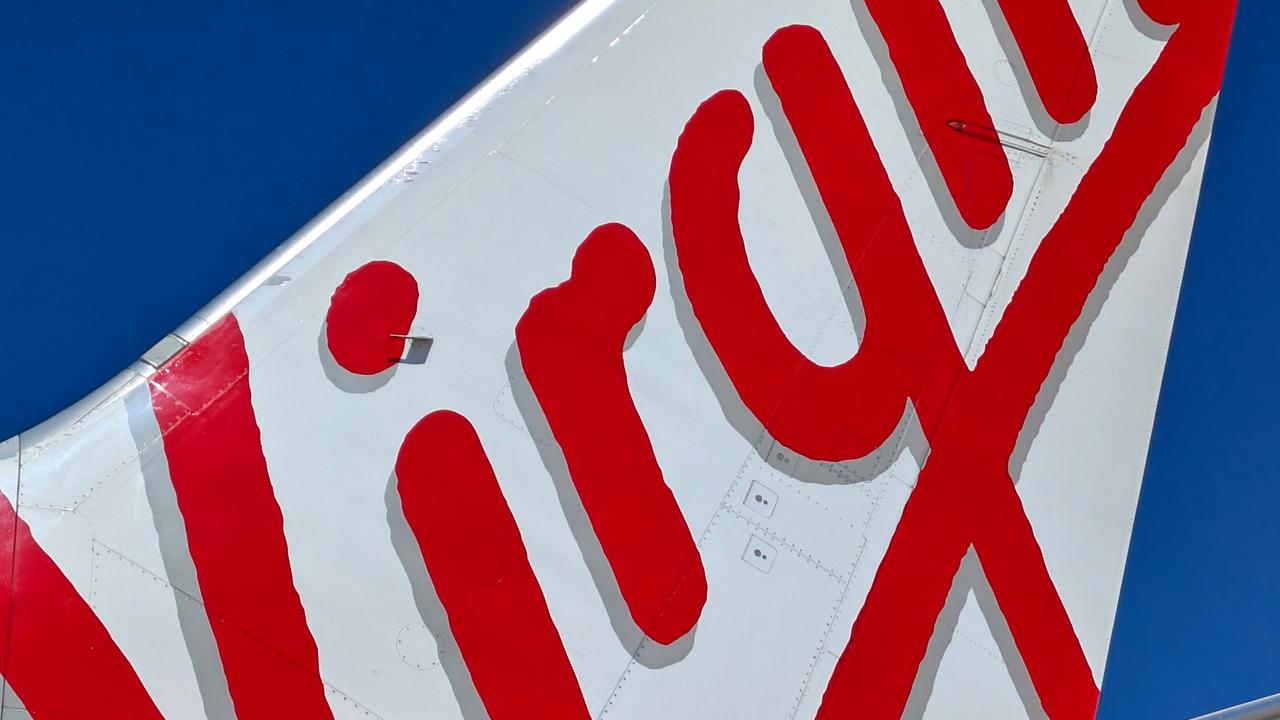Opal eight trips and free travel reward recommended for axe in Government report
COMMUTERS can kiss goodbye to free travel after eight journeys in a week under a new plan that coulds see you pay a lot more to catch the bus and train.
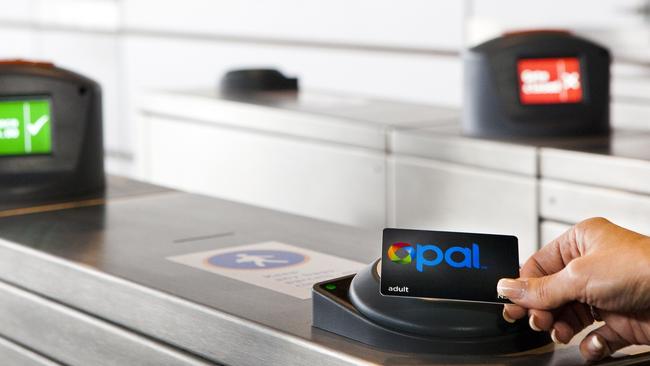
IT’S the travel reward beloved by commuters but all the signs are the public transport perk is about to reach the final stop leading to steep price hikes.
The bonus, which sees Sydneysiders and others in NSW only pay for their first eight journeys a week on trains, buses, trams and ferries, has been recommended for the chop in a report by the Independent Pricing and Regulatory Tribunal (IPART).
Instead, it suggests the ninth and subsequent journeys in any given week should now attract only a 50 per cent discount. The move would see passengers taking advantage of the travel reward shell out about 20 per cent more on travel.
The public body says the Opal fare loophole leads to $150 million in lost revenue as people take advantage of free journeys. Passenger fares, IPART said, only covered a quarter of the $4.8 billion annual cost of providing public transport, the rest coming from taxpayers.
Average fares should be able to rise by a maximum of 4.8 per cent in the coming year, the report also recommends.
However, the Greens have called on the Government to keep the ‘eight trips and free’ reward in place.
“The free travel rule is incredibly popular with public transport users and encourages people to use the system, especially on weekends. A 50 per cent discount is not good enough,” said Greens NSW MP and Transport spokeswoman Dr Mehreen Faruqi.
“The NSW Government should be prioritising transport equity and affordability.”
The tribunal says transport costs will only continue to rise as multi-billion projects, such as the Sydney Metro, approach completion.
The final decision on fare rises now lies with NSW Transport Minister Andrew Constance who said on Tuesday the Government would consider the report “and respond in due course”.
“The Government is committed to building on the success of the Opal rollout by implementing a fare system that encourages efficient and greater use of public transport and is fair to customers,” Mr Constance added.
The IPART’s final report is a significant change from an earlier proposal that would have seen passengers pay for their 10 most expensive Opal card journeys and then receive cheaper journeys for free.
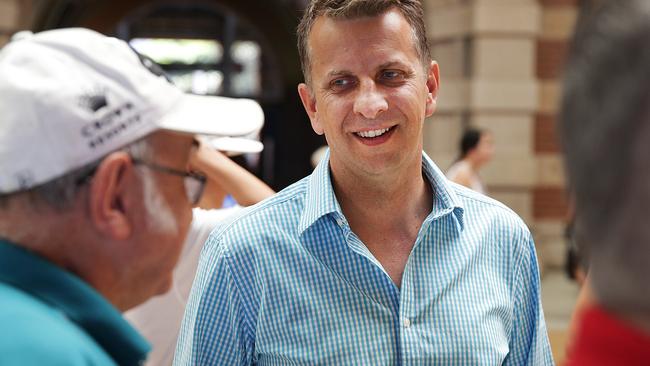
FARE CAP INCREASE
The report also recommends changing the current penalty, which sees passengers whose journey includes two legs — say a train followed by a bus — charged more than those with a direct trip.
These passengers should get a $2 rebate on the total cost of the combined fares.
Fare caps should also rise with the maximum total Opal fares a passenger can accrue in any one day going from $15 to $18 in 2016-17, and then to $20 by 2019, with the weekly cap rising from the current $60 to $72 over the same period.
IPART chairman, Dr Peter Boxall, said the new fare regimen, which would come into place on July 1, would make NSW’s public transport system more efficient as costs rise to $5.6bn annually.
“Some fare increases are needed to ensure the additional costs are not borne entirely by taxpayers, but also by those who use public transport the most.”
Despite the price hikes, fares will still only cover a quarter of the cost of providing public transport services.
“This determination means that fares will continue to cover around 25 per cent of efficient costs, with taxpayers funding the remaining 75 per cent reflecting the benefits public transport provides to the whole community such as reduced congestion and cleaner air,” Dr Boxall said.
Passengers in south east Queensland have a similar travel reward to NSW but only after nine trips a week. Myki users in Melbourne have free travel early in the morning and a daily fare cap of $7.80, significantly less steep than the $18 proposed in NSW. However, Victorians have no weekly travel reward.
Dubbed “Opal running”, people tapping their cards at different but nearby stops many times in quick succession would soon get to the magical eight trips but with the lowest fare.
Sneaky travellers had been jumping off the bus and back on another to score extra journeys, or taking short trips to increase their tally in the public transport ticketing system.
The Government said it had cost taxpayers millions of dollars a year.
The state government will decide whether or not to implement the proposals by the Independent Pricing and Regulatory Tribunal in the coming weeks.
benedict.brook@news.com.au
